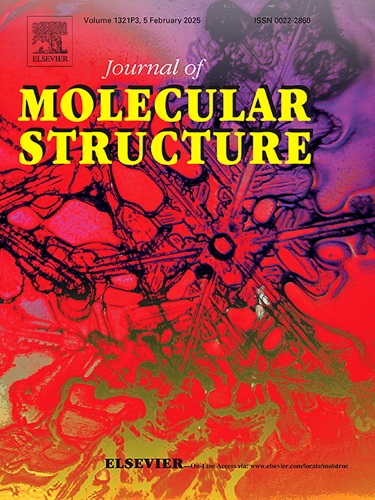ZnS/MnO2 nanocomposite electrodes: A dual approach for superior supercapacitor and safety open structure lithium-ion battery
IF 4
2区 化学
Q2 CHEMISTRY, PHYSICAL
引用次数: 0
Abstract
In this study, we present a simple hydrothermal method for the synthesis of ZnS/MnO2 nanocomposites (NCs) for advanced hybrid supercapacitor (SC) and safe open-system lithium-ion battery (LIB) applications. The synthesized materials—ZnS, MnO2, and ZnS/MnO2 NCs—are comprehensively characterized using various techniques including X-ray diffraction (XRD), Fourier transform infrared spectroscopy (FTIR), scanning electron microscopy (SEM), field emission transmission electron microscopy (FE-TEM), energy-dispersive X-ray analysis (EDAX), and X-ray photoelectron spectroscopy (XPS). The electrochemical behavior of these materials is evaluated through cyclic voltammetry (CV), galvanostatic charge-discharge (GCD) measurements, and electrochemical impedance spectroscopy (EIS). When tested in LIBs, the ZnS and ZnS/MnO2 electrodes reveal promising performance, with the ZnS/MnO2 composite showing an impressive specific capacitance (Csp) of 254.3 F/g and exhibiting low charge transfer resistance. This results in a high energy density of 14.12 Wh/kg and a power density of 1998.4 W/kg. Furthermore, the composite achieves a peak discharge capacity of 181.41 mAh/g at a current density of 0.5 A/g, outperforming the pure ZnS electrode. These encouraging results highlight the potential of ZnS/MnO2 NCs as a superior electrode material for SCs and safer, open-system LIBs, surpassing the performance of conventional LIBs.

求助全文
约1分钟内获得全文
求助全文
来源期刊

Journal of Molecular Structure
化学-物理化学
CiteScore
7.10
自引率
15.80%
发文量
2384
审稿时长
45 days
期刊介绍:
The Journal of Molecular Structure is dedicated to the publication of full-length articles and review papers, providing important new structural information on all types of chemical species including:
• Stable and unstable molecules in all types of environments (vapour, molecular beam, liquid, solution, liquid crystal, solid state, matrix-isolated, surface-absorbed etc.)
• Chemical intermediates
• Molecules in excited states
• Biological molecules
• Polymers.
The methods used may include any combination of spectroscopic and non-spectroscopic techniques, for example:
• Infrared spectroscopy (mid, far, near)
• Raman spectroscopy and non-linear Raman methods (CARS, etc.)
• Electronic absorption spectroscopy
• Optical rotatory dispersion and circular dichroism
• Fluorescence and phosphorescence techniques
• Electron spectroscopies (PES, XPS), EXAFS, etc.
• Microwave spectroscopy
• Electron diffraction
• NMR and ESR spectroscopies
• Mössbauer spectroscopy
• X-ray crystallography
• Charge Density Analyses
• Computational Studies (supplementing experimental methods)
We encourage publications combining theoretical and experimental approaches. The structural insights gained by the studies should be correlated with the properties, activity and/ or reactivity of the molecule under investigation and the relevance of this molecule and its implications should be discussed.
 求助内容:
求助内容: 应助结果提醒方式:
应助结果提醒方式:


